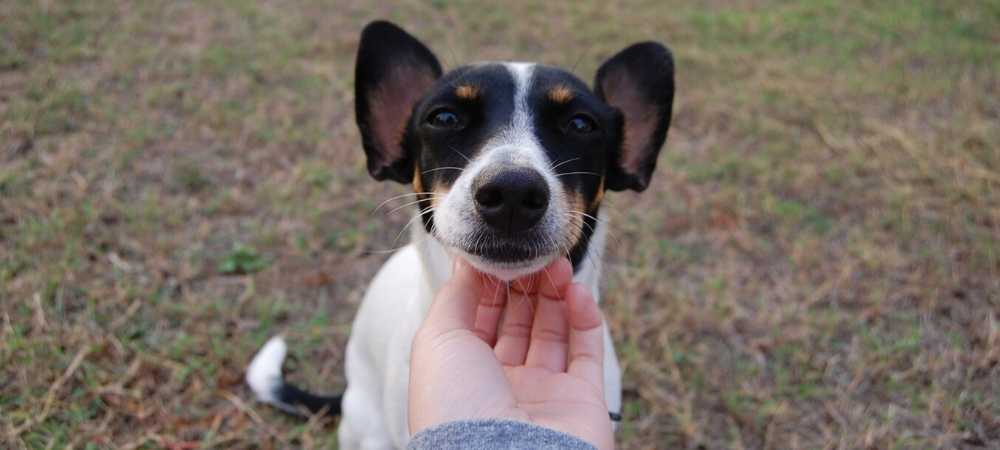RTH During COVID-19: In-Field Strategies


By Gina Knepp, National Shelter Engagement Director at Michelson Found Animals
Ensuring Animal Control Officers (ACOs) and all field personnel are well versed and equipped with the information and resources necessary to successfully get a pet back home where they belong should be equally as important as the other vital services they perform. COVID-19 makes their work more important, and in many ways more difficult, than ever. To help ACO’s in their work to get pets back home, we’ve compiled a list of in-field strategies that can help drive positive outcomes on both ends of the leash.
1 – MICROCHIP SCANNING & DEEP SEARCH
Presumably, field personnel should be equipped with a microchip scanner and a cell phone. Friendly, healthy strays should be scanned immediately and the ACO should check their software system for chip information. After searching the ACOs software, the next step is to run the chip HERE.
If the microchip is registered with any system aside from Avid, then this lookup site will provide the registry’s contact information, which varies by company. If the microchip is registered with multiple databases, then the most up-to-date registration will be listed first. In a perfect world, contacting the appropriate registry will set the wheels in motion for a successful reunion. If the chip is not properly registered, it is possible to determine the source of implant (Veterinarian, Rescue Group, Shelter) and follow up with the implanter is required. In the event that the pet is registered with Found Animals, even if it’s not the most recent listing, it’s important to check that registry as well. Many times, a pet owner will add additional contacts to their free account who can help connect the finder with the owner. Visit found.org to check if a pet is registered.
2 – NECK BANDS FOR FOUND ANIMALS
If appropriate, placing a temporary neck band on the animal and returning it to the backyard of the pet owner is the quickest and least costly method of reunification.
Temporary pet bands can be purchased very affordably. One example can be found at Valley Vet, where a case of 250 bands can be purchased for $42.50. A temporary band and a black sharpie are a wonderfully easy way to notify owners that their pets have escaped and been returned. It’s also possible to leave a contact phone number on the band so the pet owner can reach the ACO with follow-up questions. Pet owners should be encouraged to ensure their pets never leave home without some form of identification. Providing owners with a free ID tag is another surefire way to build community and make sure pets never leave home unidentified. Volunteers in some communities have been provided tag machines to produce tags for those in need, which can be mailed to avoid violating stay at home orders.
3 – GETTING CREATIVE TO CONTACT THE PET OWNERS
Furthermore, in the case of an incorrect or disconnected phone number, there are several options that can assist in tracking down the owner:
- Google the phone number, as this can often lead to additional resources.
- Utilize debt collection software (example: TransUnion) or contact your local utility agency (water, sewer, garbage, gas, electric) and seek assistance. Often these agencies can find a property owner much more readily. Most municipal shelters have Revenue Departments within their cities and counties, enlisting assistance to skip trace an owner can be done quickly and at no cost.
- If the voice mailbox is full or not set up, make sure to send a text message instead, they are opened at a much higher rate and have proven to be far more successful than attempting other means of communication.
4 – THE CLASSIC: LOCAL COMMUNITY EXPOSURE
Simple tools, such as yard signs, are a great way to reach a large audience in the area where an animal is found. Blank yard signs can be purchased on-line for as little as $1.00 each, a small investment to help pets get back home quickly in comparison to the cost of housing an animal at a shelter for multiple days. The ACO can simply indicate an animal was found, provide color and description, gender/species, along with the date and time, along with a contact phone number. Keeping the animal on the ACO truck while cruising the neighborhood can often result in a quick and successful reunion.
Helping lost pets find their way home is rarely easy – and that task becomes increasingly difficult when the community we so often rely on is staying indoors. We are confident that these in-field strategies can help AOC and shelter teams quickly and effectively reach pet parents to get their furry little escape artists back home.



